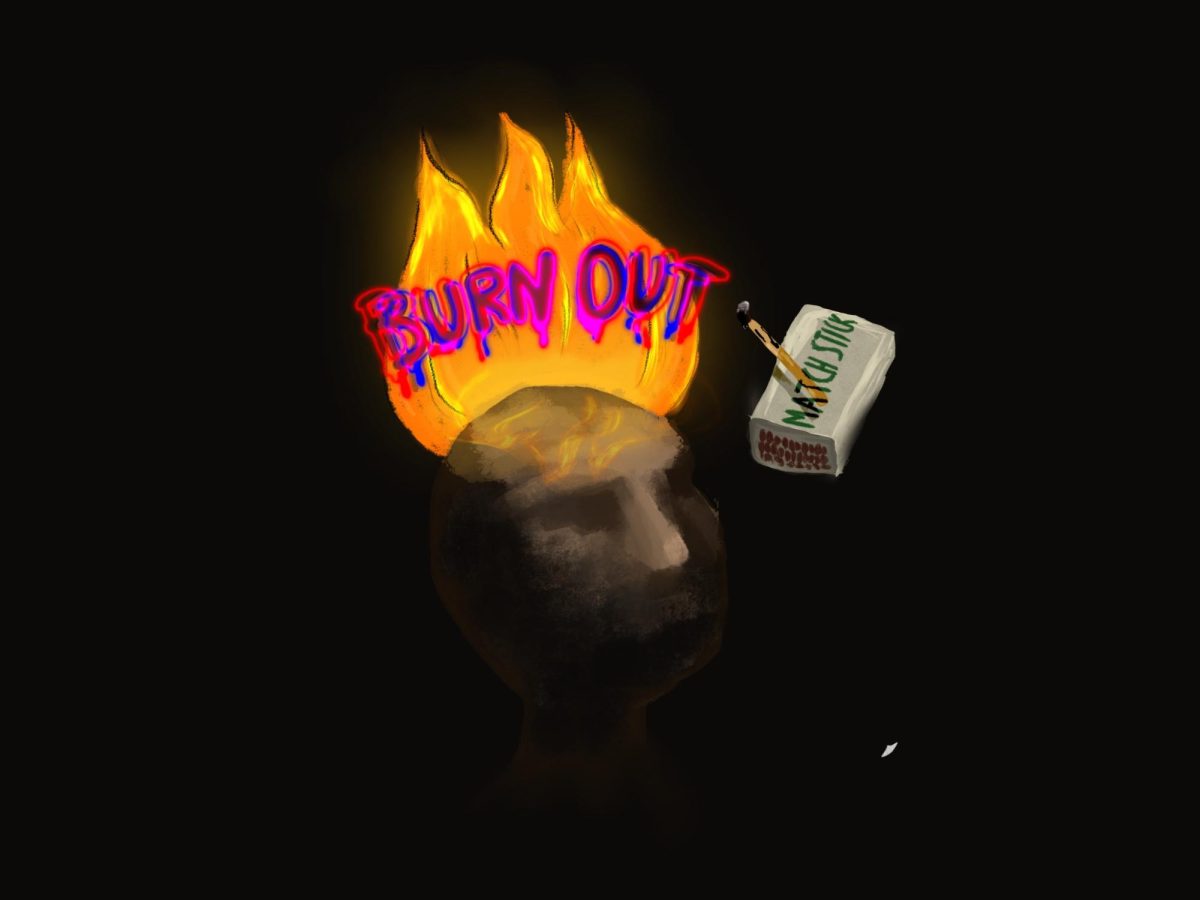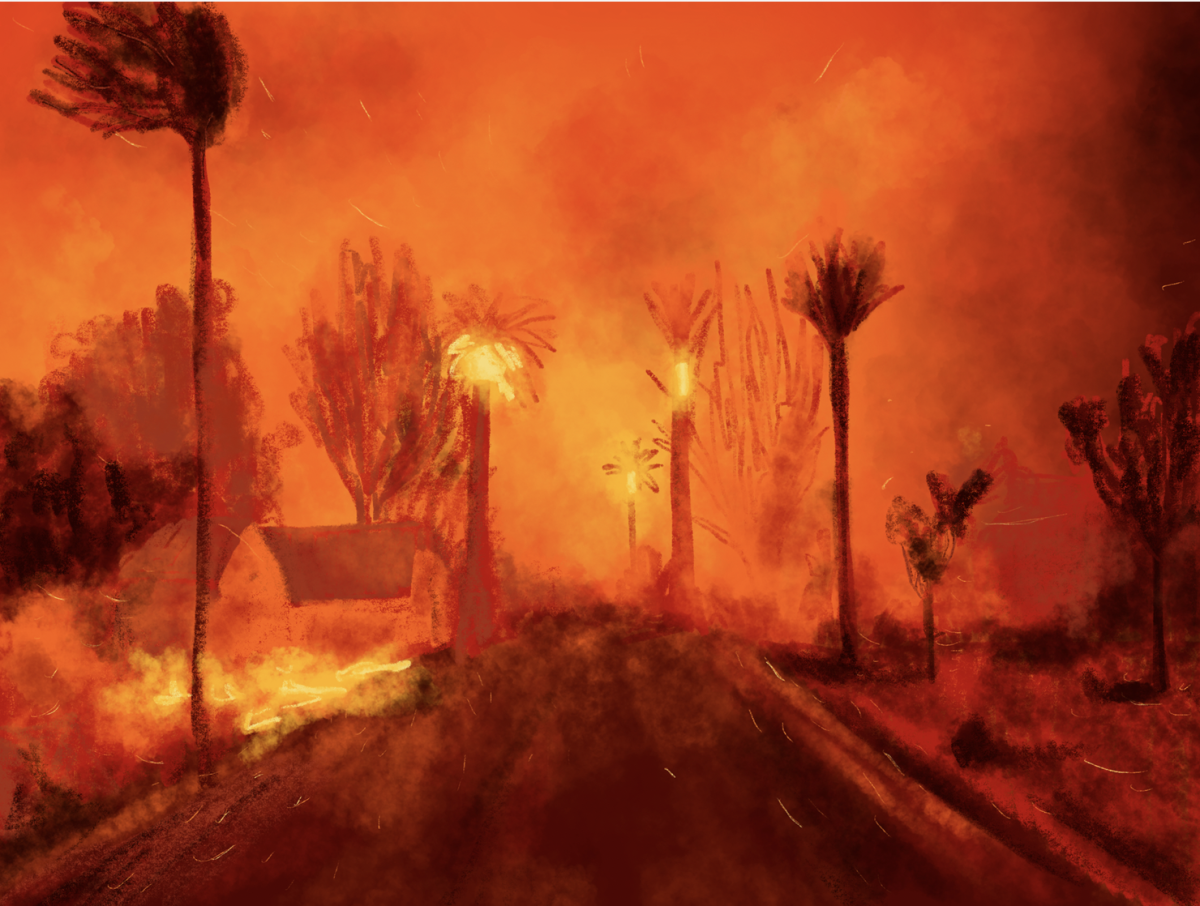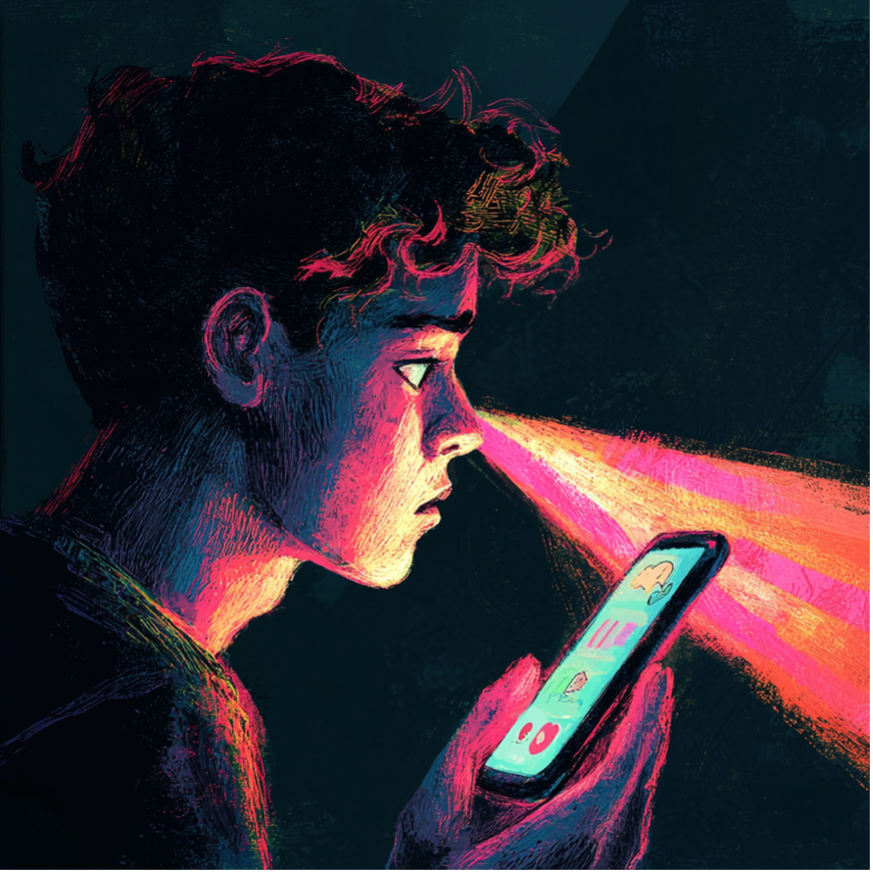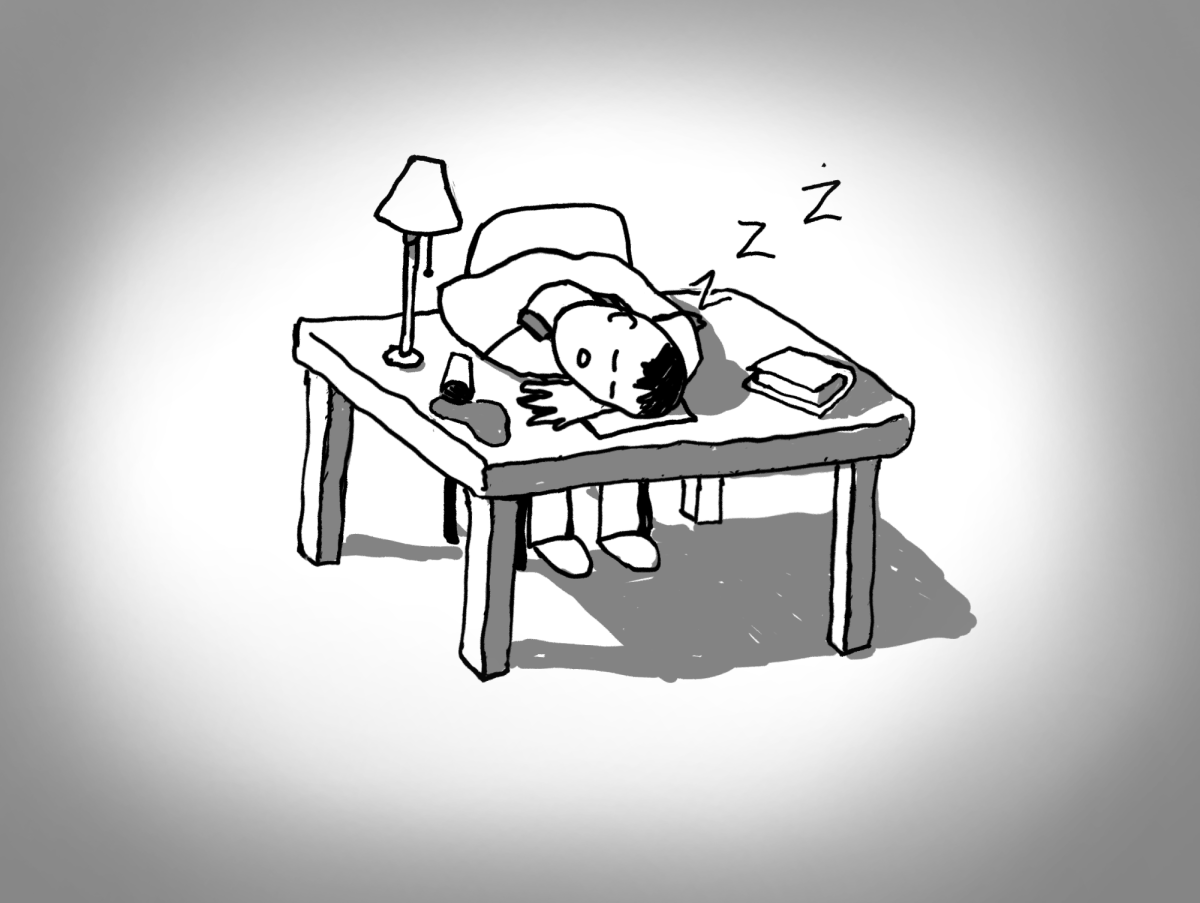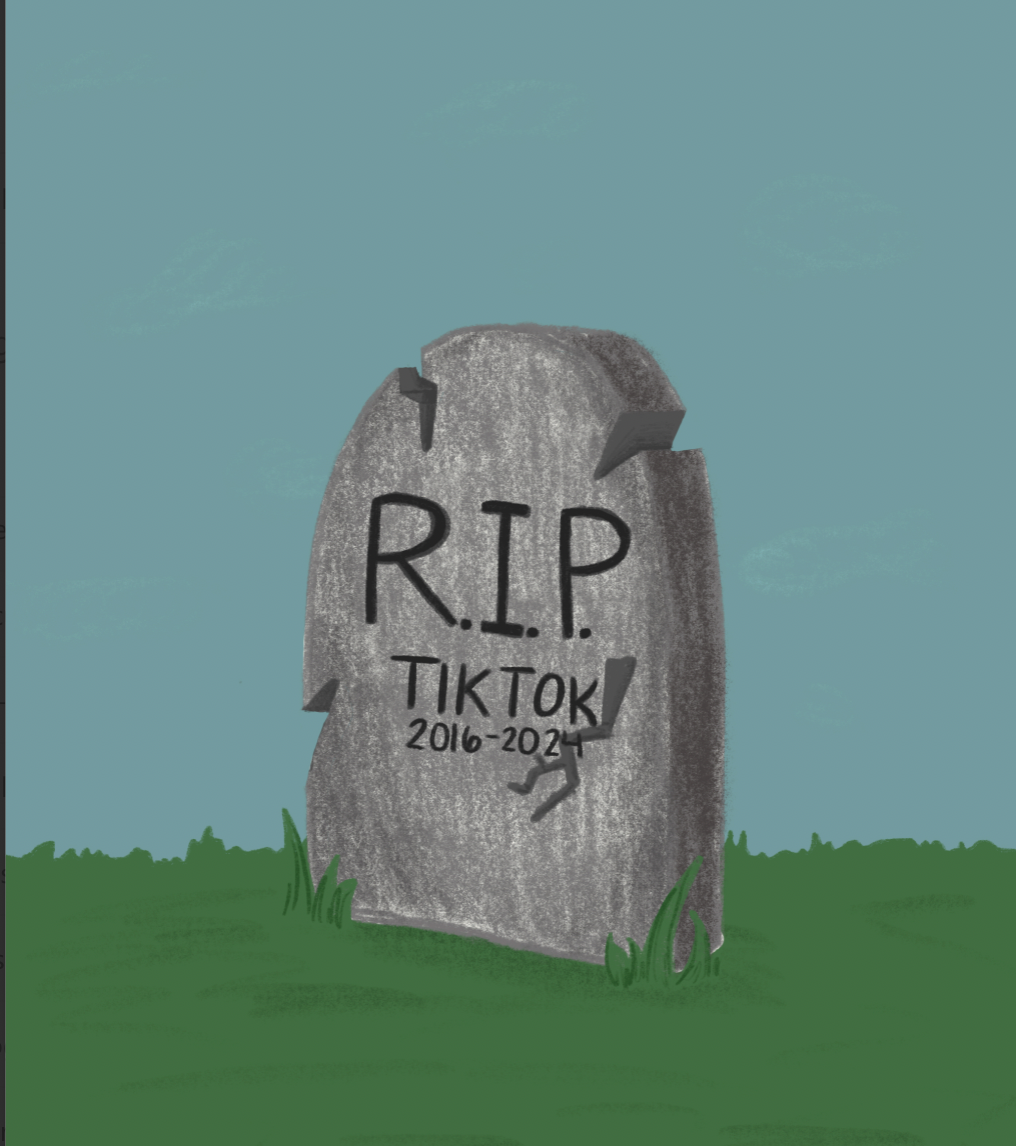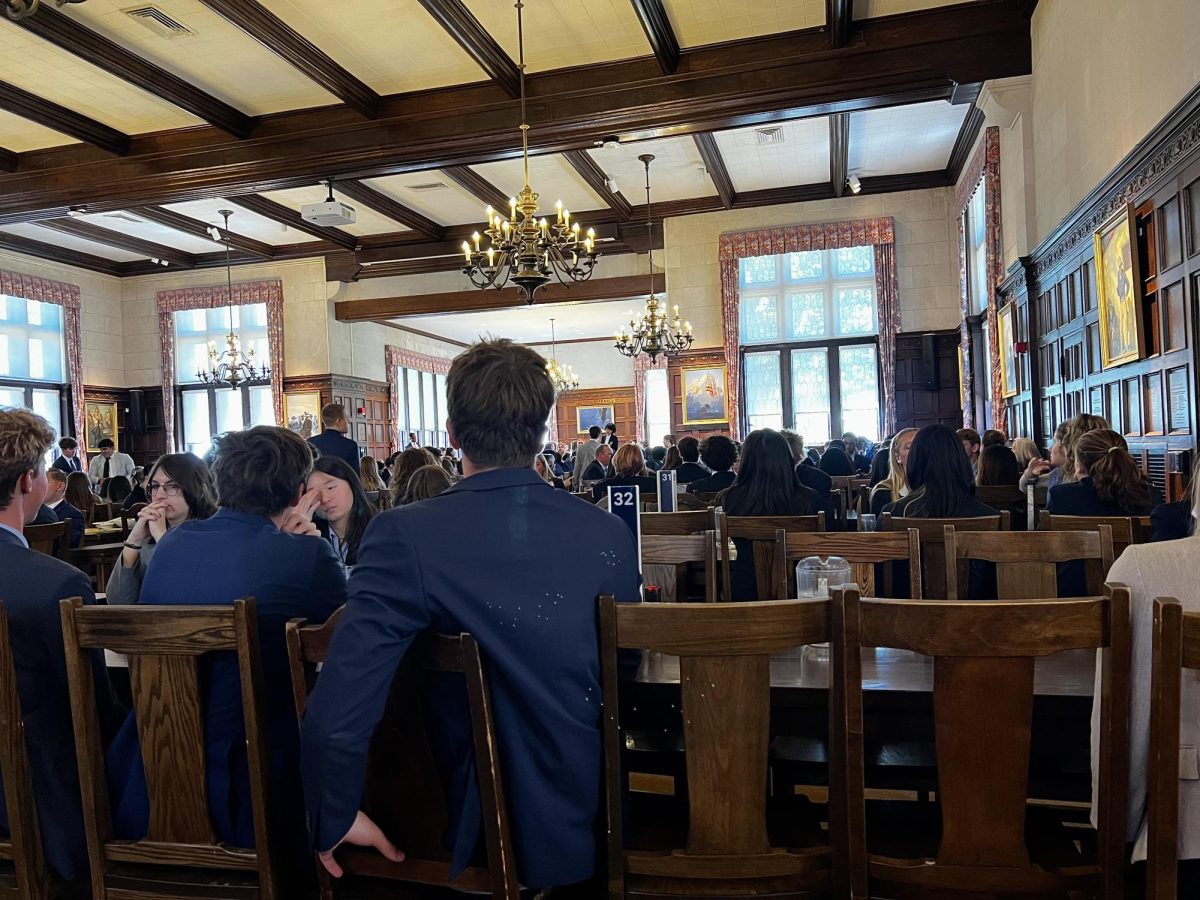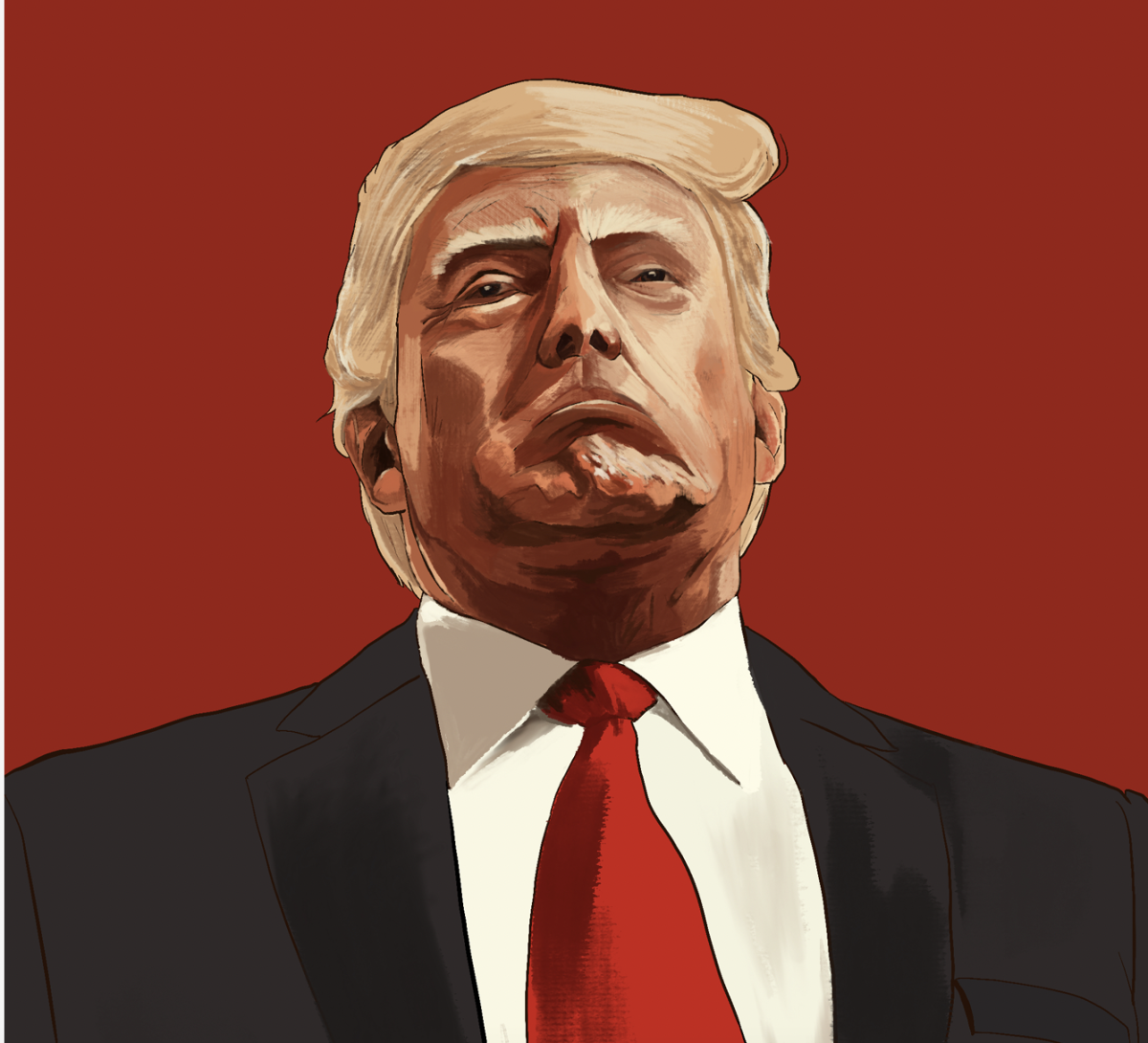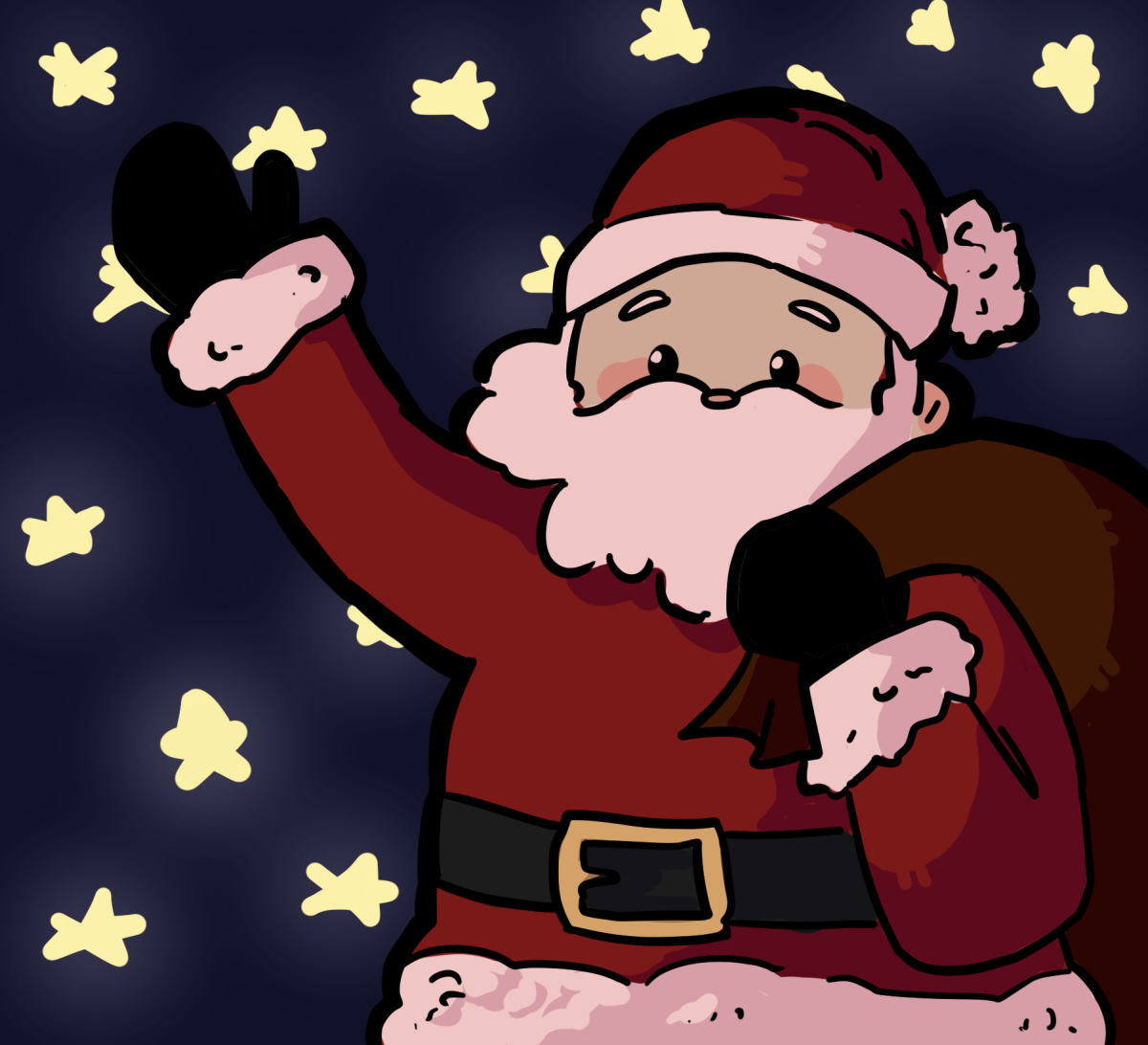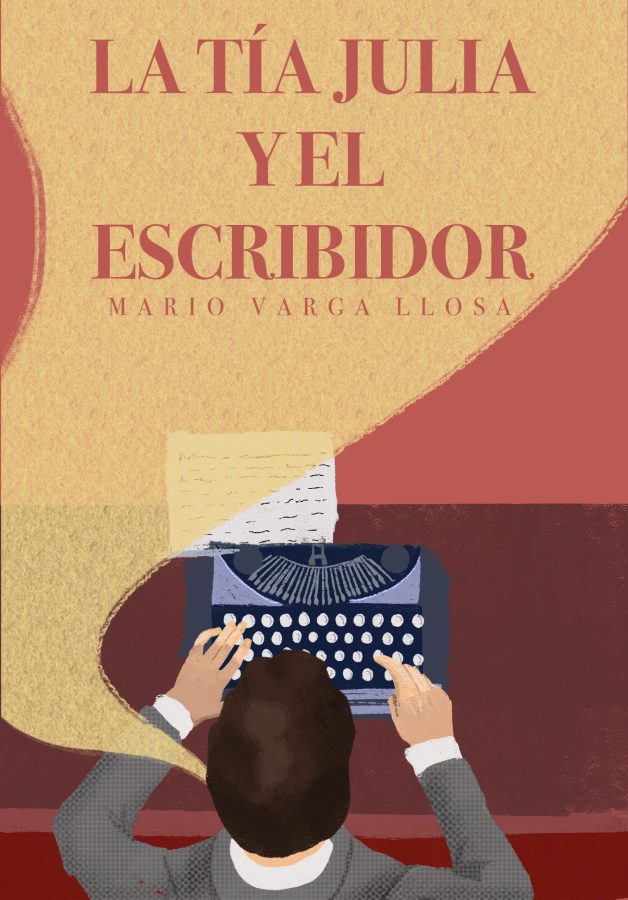“La Tía Julia y el Escribidor” is worth a read
Media: Aidan Ma ’23
Illustration by Aidan Ma ’23
“La Tía Julia y el Escribidor” is a brave book. It is brave in its subject matter, and it is brave in the unorthodox writing form it takes on. The story moved and captivated me, and I feel compelled to share about the book and how it made me feel.
In the 20th century, Latin American writers took over the world of literature with revolutionary ways of conveying their cultures. Magical realism rose as the supreme genre, but Mario Vargas Llosa had a different approach. Llosa decided that, regardless of how unlikely many of the habits and events in Latin America are, realism was the proper method to narrate his stories.
In the captivating piece “La Tía Julia y el Escribidor,” Llosa does not only break the stigma of switching from first-person narrator to omniscient, but he also manages to complete a novel with two parallel stories. In the odd chapters, the reader learns about Mario, a frustrated writer studying law while working as an editor for a small radio station. In the even-numbered chapters, one can read the surrealist and dramatic stories from Pedro Camacho’s radio theater, broadcast from Mario’s radio station. An exchange of a typewriter builds an intricate relationship between the two stories.
Both Mario and Pedro fight their way through prohibited situations in Peruvian culture: romantic relationships between family members and the eccentricity of artists. Mario becomes involved with his aunt Julia and detaches himself from his friends and family to defend his uncommon relationship. Pedro’s odd habits and rituals to perform, combined with his insatiable love for theater, wear his soul out.
The parallel stories, although completely different, both transmit the same concept of human deterioration. Mario loses himself in the stubborn desire of his aunt, destroying his character and driving him away from his writing goals. Pedro loses his ability to write, making his narration become blurry, confusing, and an indecipherable mixture of unrelated characters and events.
Llosa’s biggest achievement goes far beyond his ability to induce the feeling of human deterioration into the reader; he demonstrates how there are two ways to look into a human’s soul: through the narration of himself, his feelings, and his actions, and from the analysis of his art.

